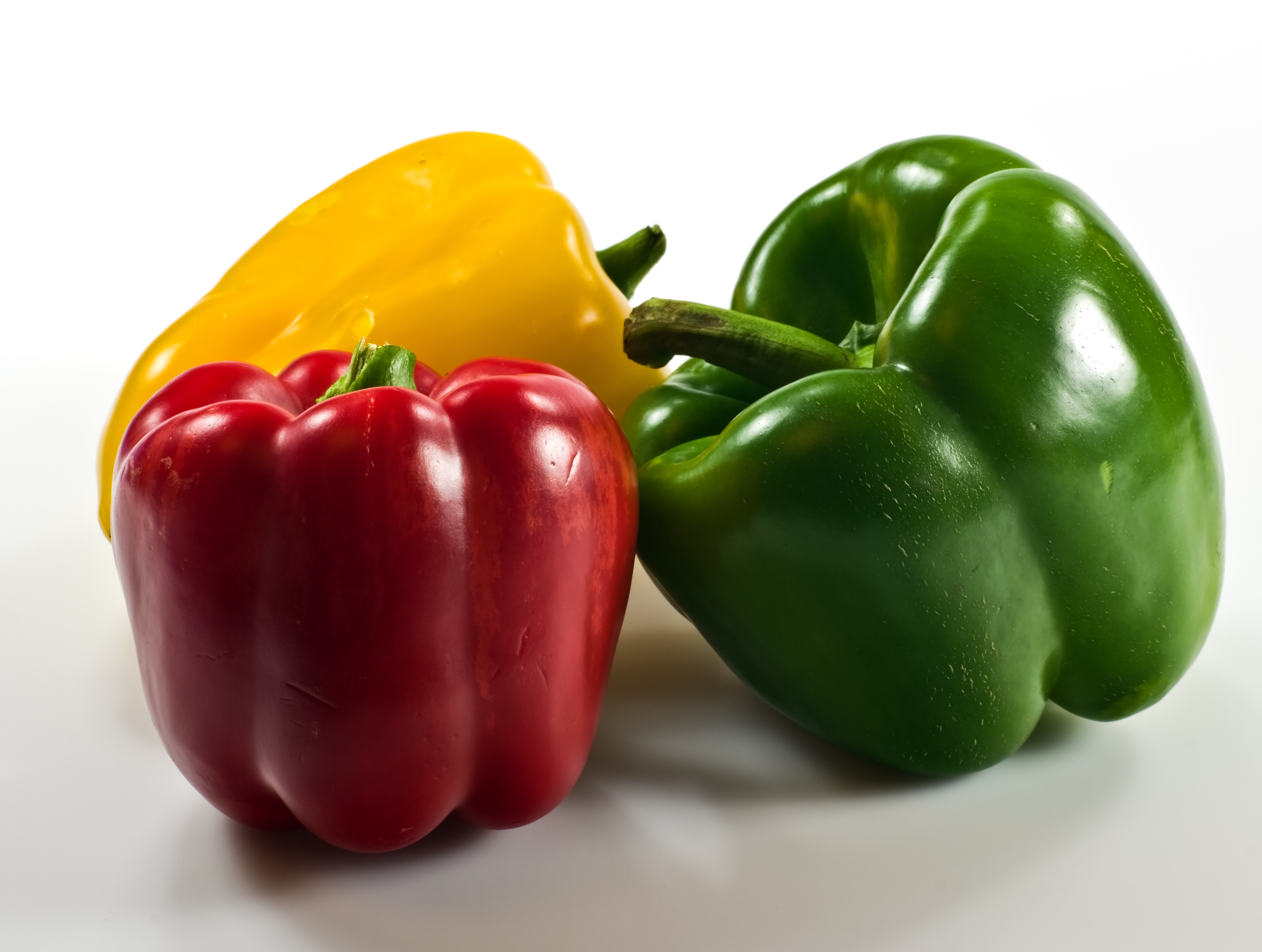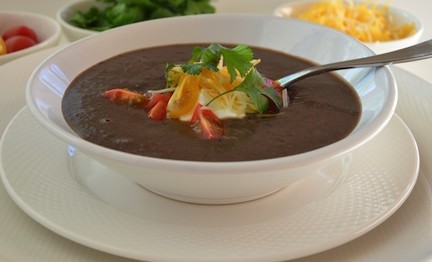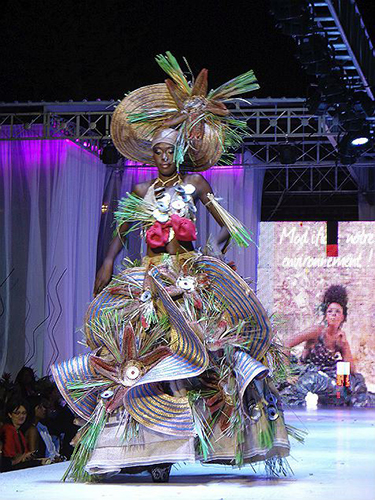Music is without a doubt "The" universal language; it is the language of the soul, the medium through which any message can traverse the language barrier.It is also evident that music is a large part of every human society and undoubtedly an integral part of all the cultures in existence today. Haiti is no different.
Haiti has a rich music heritage that is influenced by four main civilizations/cultures who mainly appear in Haitian History as their colonizers: The Spanish, English, Dutch & finally the French who's culture has stuck with the Haitians up to date. The french language is therefore an easily notable attribute in Haitian music. However the language the Haitians speak is a more "more personalized" form of french/slang that they call Kreyol/creole. Haiti has a unique variety of genres unlike most cultures in this century namely: Hip hop, mini-jazz & Rock which is
common for majority of nations in the world today. The genres solely unique to Haiti are Rasin(Voodoo Rock), Zouk-Love, & Kompa(The sound of Haiti). On a special note, Compas/Kompa(spelled konpa in Creole) is currently the most popular style common in all music made in Haiti today. It is a complex ever-changing
music that fuses African Rhythms and European ballroom dancing, mixed with
Haiti's bourgeois
culture. In Spanish the word compás means
“beat” or “pulse”. One of the most distinctive characteristics of Kompa
music is the consistent, pulsing drum beat, which makes it easy to dance to.
I have found in my little exposure to Haitian music that they are a people who are very proud of their country and it's history who have a very rich heritage in music that is as beautiful as the country and it's nation's people.Haïti Chérie is a traditional patriotic and most
recognizable song of Haiti that was written and
composed by Dr. Othello Bayard de Cayes and was initially called Souvenir
d'Haiti. It represents the pride Haitian people feel for
their country and culture. Within the Haitian community, at home and abroad, it
is widely considered as a second national anthem to La Dessalinienne and the song has recorded several different
versions. Haiti is definitely a place to be.














